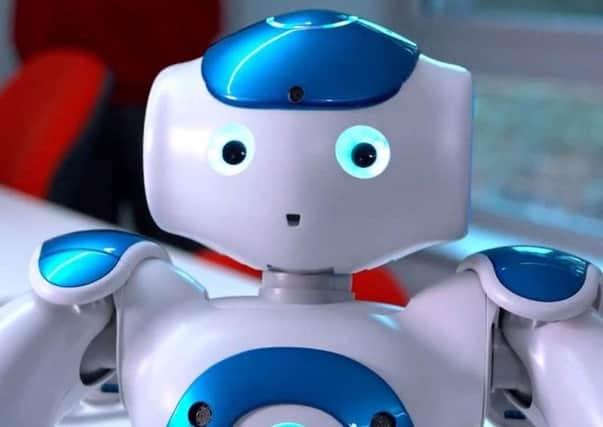Katie Russell: A robot revolution in the workplace


The breadth of roles likely be affected by technology is staggering. Businesses may well expect that certain back office roles will be replaced by machine learning, such as data entry, office administration, machine operators, bookkeepers, cashiers and clerks. However, it is also anticipated that technology will come to replace some traditional customer-facing roles, including a large number of sales jobs – just look at the growth in self-scanning checkouts in supermarkets. In fact, a recent study by PwC estimates robots may take up to 30 per cent of UK jobs by 2030.
Business should be factoring this into long-term strategic planning and analysing the likelihood of roles disappearing or being replaced by technology. Recruitment is one area where strategies should be adapted to ensure that “at risk” roles are not backfilled when existing staff leave. It may also be appropriate to consider the need to invest in training and upskilling for existing staff so they can take on other responsibilities.
Advertisement
Hide AdAdvertisement
Hide AdFor employees themselves, there are a number of concerns. Take redundancy law; this currently protects workers if there is a downturn in business and an employee loses their job. However, if a business is doing well, invests in technology and this results in roles being replaced, the current law wouldn’t necessarily provide protection. Redundancy law as it stands is not fit for purpose as it doesn’t take into account a situation in which a role continues in broadly the same form, but is carried out by a computer programme or robot. If I lose my job to a robot, I might not receive a redundancy payment. This is important, as it is likely to have the biggest impact on lower paid workers, the ones who need this type of protection the most.


Discrimination law is another area where the current law lags behind technological advances. The law will currently provide protection if, for example I’m not paid a bonus, or not promoted and that decision is based on my gender, race, or age. However, as these types of decisions are increasingly made by computer software rather than having direct human input, it will become more difficult to find a solution under existing discrimination laws – do I bring my claim against my employer or the software provider?
This is particularly relevant in recruitment, where there is already software to sift applications to create shortlists and even a robot specifically programmed to interview candidates and make recruitment decisions based on the candidate’s answers and physical responses to the questions. In this context, it might be difficult for unsuccessful candidates to determine if discrimination has occurred and, if so, who is legally responsible. Discrimination law will need to develop in order to provide protection for employees in situations like this.
Businesses with a significant reliance on technology will also need to think about how they are likely to be taxed in future. The income tax and national insurance system in the UK is based on traditional working models: employees make things, sell things or provide a service. Unless there are fundamental changes to that structure, the UK may see a marked reduction in income tax and national insurance revenues. This may also be coupled with an increased strain on the current benefits system, unless existing workforces are upskilled sufficiently to remain relevant in the labour market.
The potential introduction of a “robot tax” may sound far-fetched, but there are a number of high-profile supporters of this model, including Microsoft founder Bill Gates. Under this proposal, robots that are brought in to replace a human being would be subject to the equivalent tax and social security reductions. This is something that will demand government attention, and potentially fresh legislation, to find an effective solution.
As the shape of our workforces is transformed, changes will also need to be made to the law to ensure employees continue to be protected.
Katie Russell is a partner at Shepherd and Wedderburn